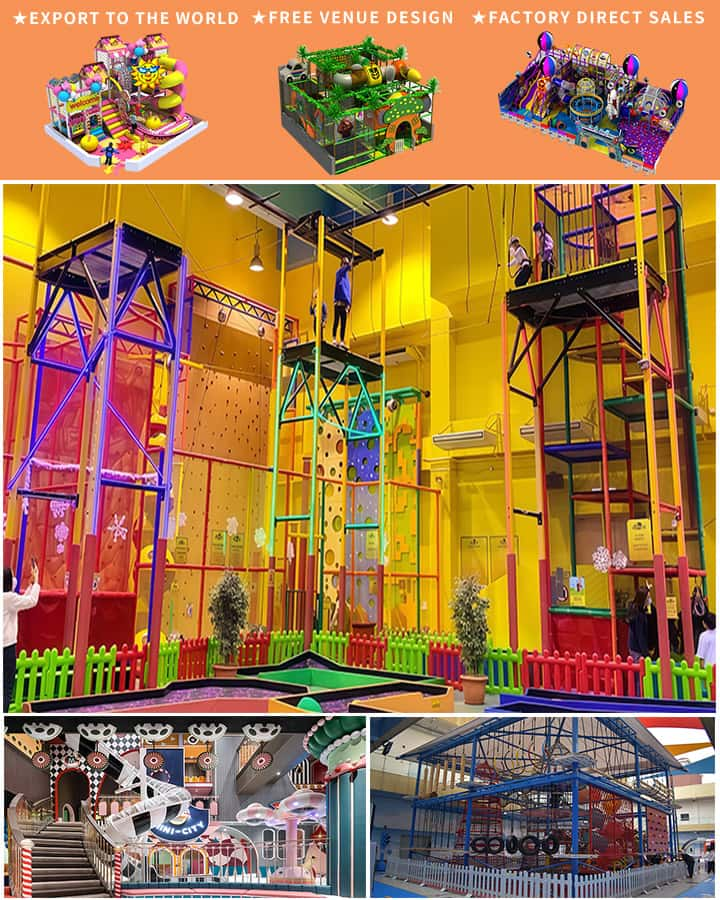Creating an indoor play area for children is a fantastic way to ensure they have a dedicated space where they can play, learn, and grow. Whether you’re planning to set up such an area at home or in a community center, the right design can make all the difference. Here’s a comprehensive plan to help you create an engaging and safe indoor kids’ play area that caters to various age groups and interests.
Planning and Space Utilization
1. Determine Available Space: First, assess the available indoor space. The size of the area will dictate what kind of equipment and features you can incorporate. Even small rooms can be maximized with clever design solutions.
2. Age-Appropriate Zones: Designate different zones for varying age groups. Younger children need softer, more padded areas, while older kids might enjoy more complex structures like climbing frames or slides.
3. Safety First: Safety should be your top priority. Ensure that the floor is covered with soft matting or foam tiles to cushion falls. Round off any sharp edges and use non-toxic materials wherever possible.
Key Features to Include
1. Climbing Structures: Climbing walls or jungle gyms are excellent for developing motor skills and encouraging physical activity. Ensure they are stable and anchored securely to prevent tipping.

2. Slides: Slides add an element of fun and excitement. Choose designs that are appropriate for the children’s age group and height. Make sure the landing area is well-padded.
3. Educational Toys: Incorporate sections dedicated to educational play. Building blocks, puzzles, books, and interactive toys can foster cognitive development and creativity.
4. Quiet Corners: Not every moment needs to be loud and active. Create cozy nooks where kids can read, relax, or engage in quieter activities like drawing or crafting.
Additional Elements
1. Soft Furnishing: Comfortable seating and soft furnishings like bean bags or small cushioned chairs can make the space inviting and comfortable.
2. Storage Solutions: Adequate storage is crucial for keeping the space tidy. Use bins, shelves, and baskets to store toys and other items neatly. Clear labeling helps children return items to their designated places.
3. Lighting: Good lighting is essential for both safety and mood. Natural light is best, but adequate artificial lighting should also be provided, especially in corners and play areas that might be shaded.
4. Interactive Technology: Depending on the age group, consider incorporating some interactive technology like tablets loaded with educational apps or even simple video games that promote learning and skill development.
Maintenance and Cleanliness
1. Easy Clean-Up: Choose materials that are easy to clean and maintain. Spilled drinks and dropped snacks are inevitable in a play area, so surfaces that are easy to wipe down are essential.
2. Regular Cleaning: Schedule regular cleaning times to disinfect surfaces, vacuum the floor, and organize toys. This ensures a hygienic environment for the children.
Final Thoughts
Designing an indoor kids’ play area requires careful planning and consideration of safety and developmental needs. By incorporating a mix of physical, educational, and quiet activities, you can create a balanced and dynamic space that children will love. Remember, the goal is to provide a fun, safe, and enriching environment where kids can explore, learn, and grow. With thoughtful design and attention to detail, your indoor play area can become a cherished space for children to enjoy for years to come.




